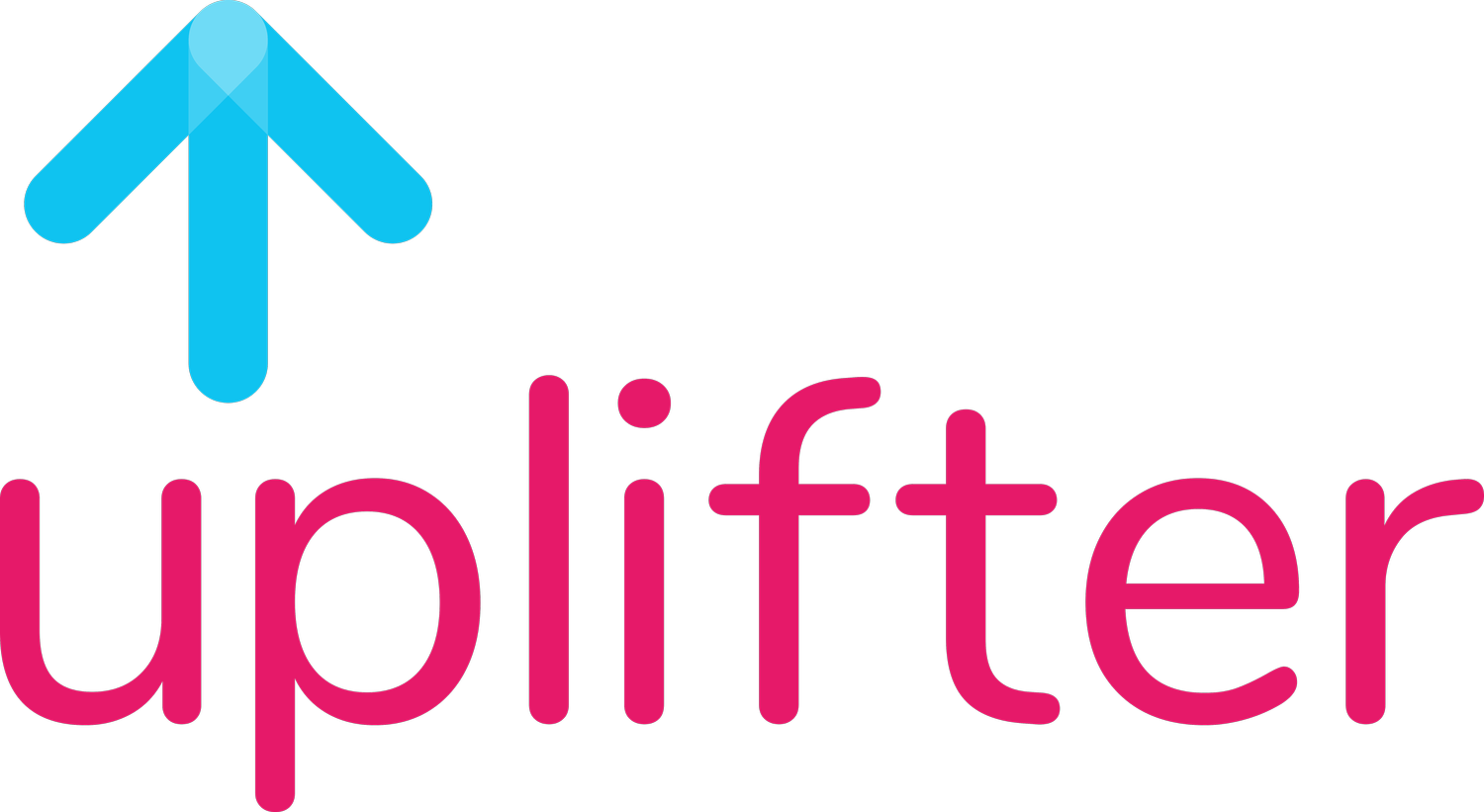What is a QR code?
A QR code, also known as Quick Response code, is a two-dimensional barcode. It was invented in 1994 by the Japanese automotive company Denso Wave to hold a lot more information than a traditional one-dimensional barcode. While standard UPS barcodes contain information that is specific to the labelled item, QR codes contain data pertaining to a locator, identifier, and data for web-tracking.
How do they work?
QR codes consist of three distinctive squares at the corners that allow the QR code to be detected by scanners, and small dots throughout that represent binary numbers, which are then transformed by scanners to data that humans can understand.
QR codes are now used for various purposes, including advertising, entertainment ticketing, and in-store product labelling. Their widespread popularity is owed to the fact that they provide easier and quicker access to websites in comparison to manually entering a URL. The URL QR codes direct to can contain the full UTM code, or a short-link to the full UTM code. Using short links is the way to go as the longer the text link, the more dots in the QR code, and the higher the likelihood of it not being scanned correctly.
A person can scan the QR code using their smart phone camera and go straight to that webpage or app. This helps increase conversion rates as the number of steps in a prospect’s journey are cut due to them being brought to the advertiser’s website quickly with little delay or effort.
With Uplifter, when you use short links, you can see how many people scanned each QR code to compare offline marketing activity and track their actions online. You can now try our Free QR code generator here.


